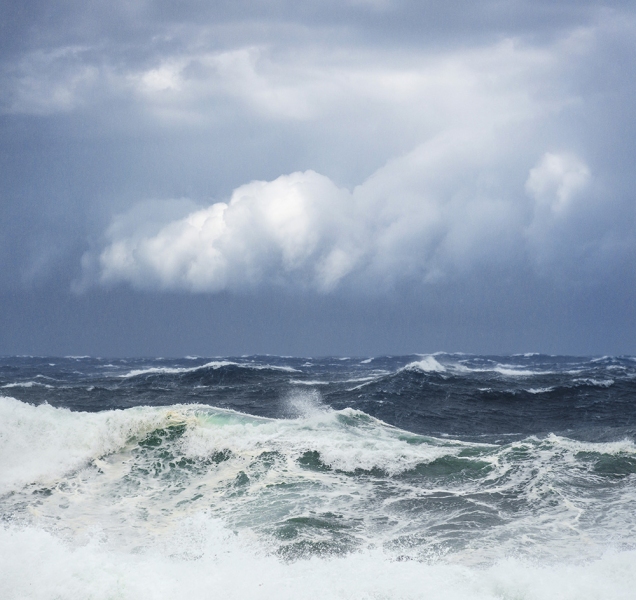The Southern Ocean is New Zealand's marine backyard. Its boundary laps against the south of the South Island. How does the Southern Ocean affect life in New Zealand, NIWA’s Dr Mike Williams has the answers.
What influence does the Southern Ocean have on the waters around New Zealand?
Bridging New Zealand and Antarctica, the Southern Ocean reaches all the way from Antarctica to the Subtropical Front. This is the boundary where water from the tropics meets water from the polar region. At this front, there is a sharp change in temperature and salinity (how salty the ocean is).
The Subtropical Front flows around the bottom of the South Island, from Fiordland, around the Otago coastline and north to Banks Peninsula, where the Chatham Rise steers it back out into the Pacific Ocean.
The relatively cold Southern Ocean waters keep the waters around southern New Zealand and our subantarctic islands cold. This gives southerly winds coming from Antarctica no chance to warm before they hit New Zealand.
The vast stretches of the open water in the Southern Ocean provide space for the strong westerly winds to build large waves and swells. These stirred-up seas make their way to New Zealand’s coast and beaches, and play a role in shaping the country’s southern coastline.
Does the Southern Ocean contribute to the survival of marine life around New Zealand?
The mixing of the Southern Ocean with tropical waters at the Subtropical Front helps create some of New Zealand’s most biologically productive regions.
The Southern Ocean, while rich in other nutrients, lacks iron. But when it meets the warmer subtropical waters, it creates ideal conditions for phytoplankton to thrive and support the ocean’s food web. In turn, this contributes to the rich ocean ecosystem that surrounds the country providing nutrition and habitats for fisheries.
An example of this is the thriving fishery on the Chatham Rise, which provides 60 per cent of New Zealand’s total fish catch.
What can the Southern Ocean tell us about climate change?
The Southern Ocean provides a roundabout for the world’s largest oceans. It is the great connector for deep ocean circulation, linking the Atlantic and Indian Oceans with the Pacific Ocean.
It is also where the heaviest waters in the global ocean are made, and where there is significant absorption of atmospheric carbon dioxide (CO2) into the ocean.
This makes it a key place for understanding climate change, as the dense waters and high uptake of CO2 help bury atmospheric CO2 into the ocean. Scientists studying the Southern Ocean can observe and measure these changes in the climate, and using climate models can make predictions about the future.
Research has revealed that the Southern Ocean has been getting warmer, with waters between 500m and 2,000m warming about 0.0020C every year.
Does the Southern Ocean affect El Niño and La Niña climate patterns?
The Southern Ocean doesn’t directly affect El Niño and La Niña, but they may influence the Southern Ocean.
El Niño and La Niña are the two phases of the El Niño Southern Oscillation (ENSO), a naturally occurring phenomenon that involves fluctuating ocean temperatures and air pressures across the Tropical Pacific.
Although concentrated in the Pacific Ocean, variations in ENSO have a global reach including into the Southern Ocean. For example, changes in ENSO indices correlate with changes in the extent of the sea ice around Antarctica.


